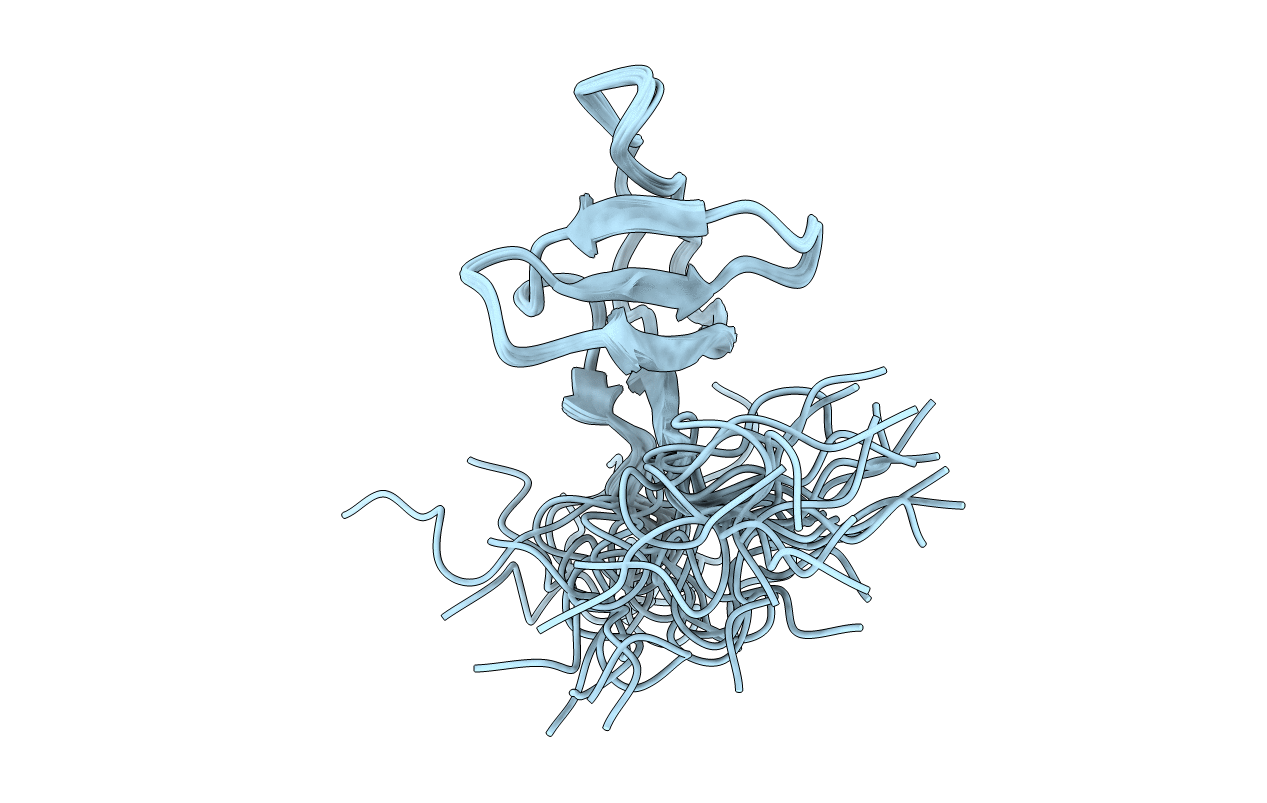
Deposition Date
2007-10-05
Release Date
2008-08-26
Last Version Date
2024-05-29
Entry Detail
PDB ID:
2JW4
Keywords:
Title:
NMR solution structure of the N-terminal SH3 domain of human Nckalpha
Biological Source:
Source Organism:
Homo sapiens (Taxon ID: 9606)
Host Organism:
Method Details:
Experimental Method:
Conformers Calculated:
100
Conformers Submitted:
20
Selection Criteria:
target function


